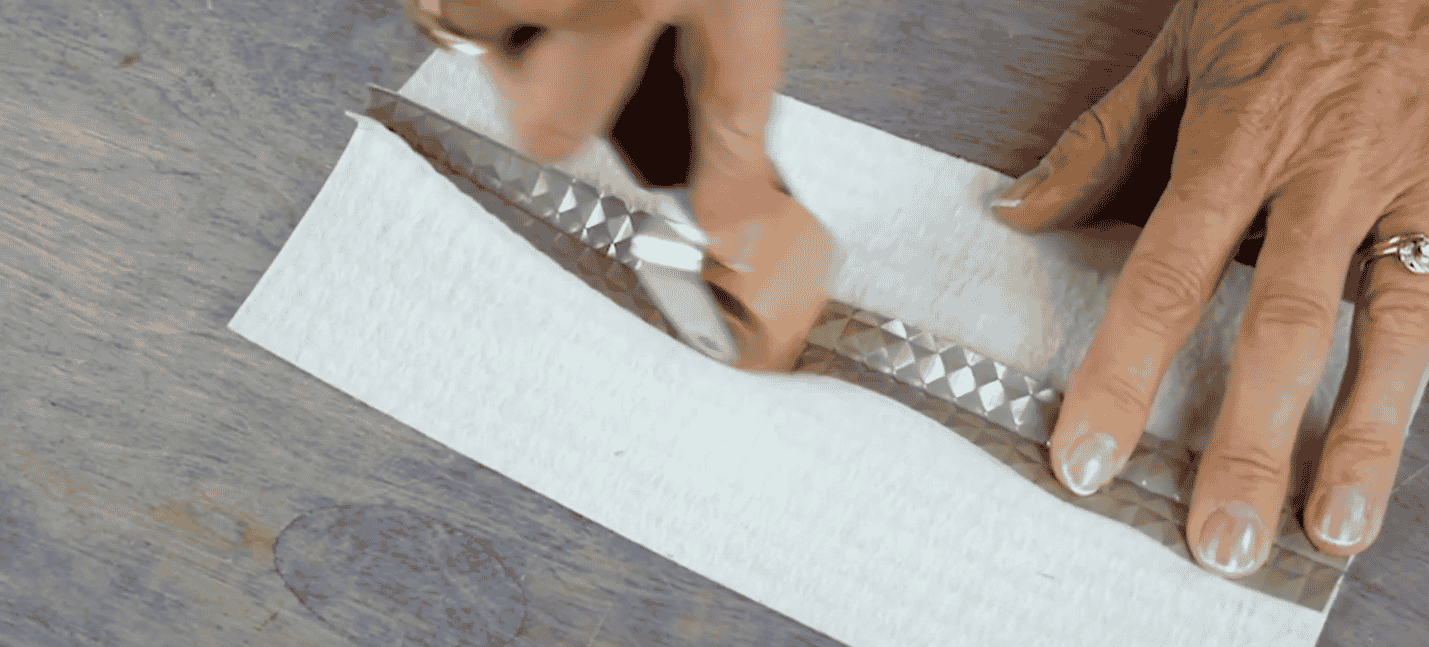If you’re working on a project that requires a heavy material such as pleather, vinyl, or cork, don’t fret. While these materials might seem a little intimidating if you don’t have a lot of experience sewing with them, they only require a few simple adjustments. Simply using the right needle, thread, and understanding the material is all it takes to sew with these fabrics and easily as any other!
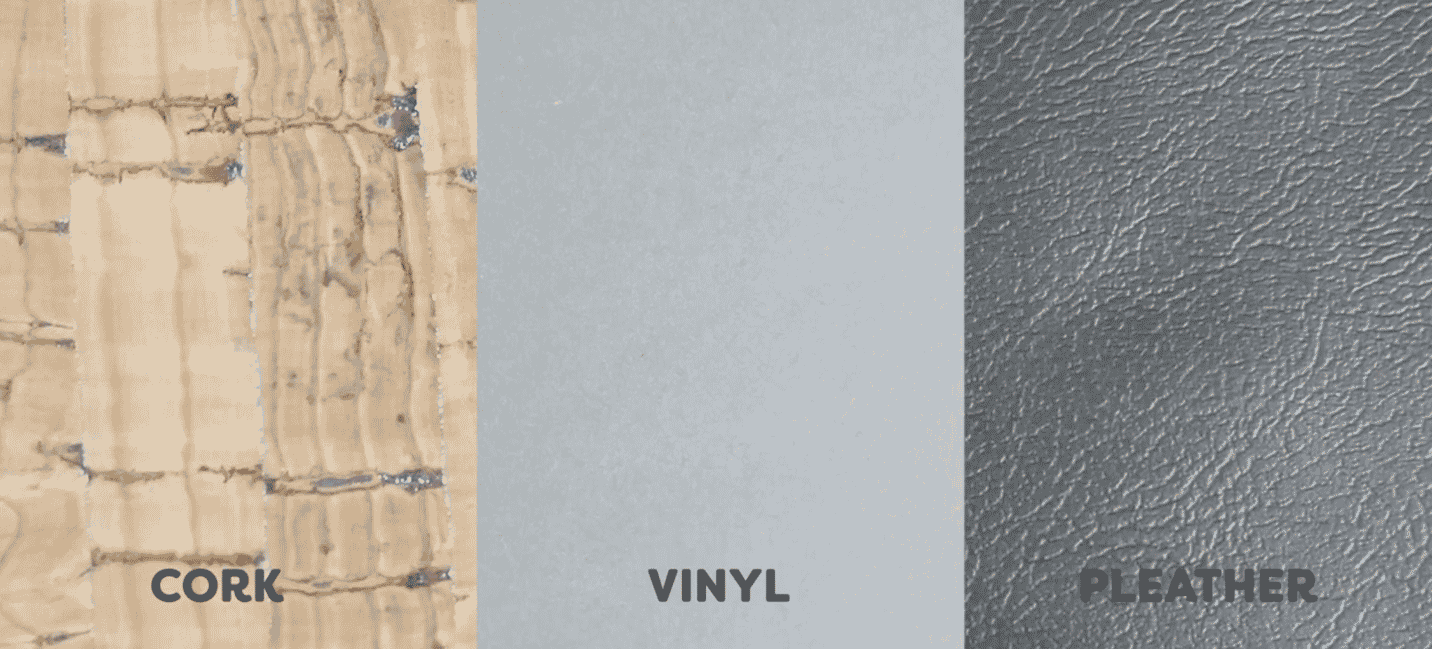
The tools you sew with can make a big difference. Consider swapping out your regular needle for a super non-stick universal needle. These needles have a coating on them that glide through the material and is especially useful if you have a tacky stabilizer underneath. If you’re sewing through a particularly heavy pleather or vinyl material, you can also switch to a leather needle. Leather needles are designed for piercing through these particularly resistant materials.
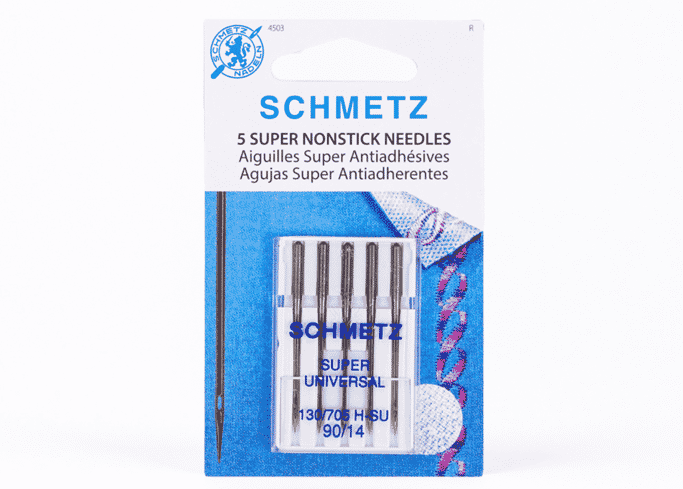

You can also change your presser foot for a non-stick or Teflon presser foot when sewing on pleather or vinyl. These materials can stick to the bottom of a regular presser foot, which impacts your stitch quality. These non-stick feet have a super slick surface that prevents that from happening.
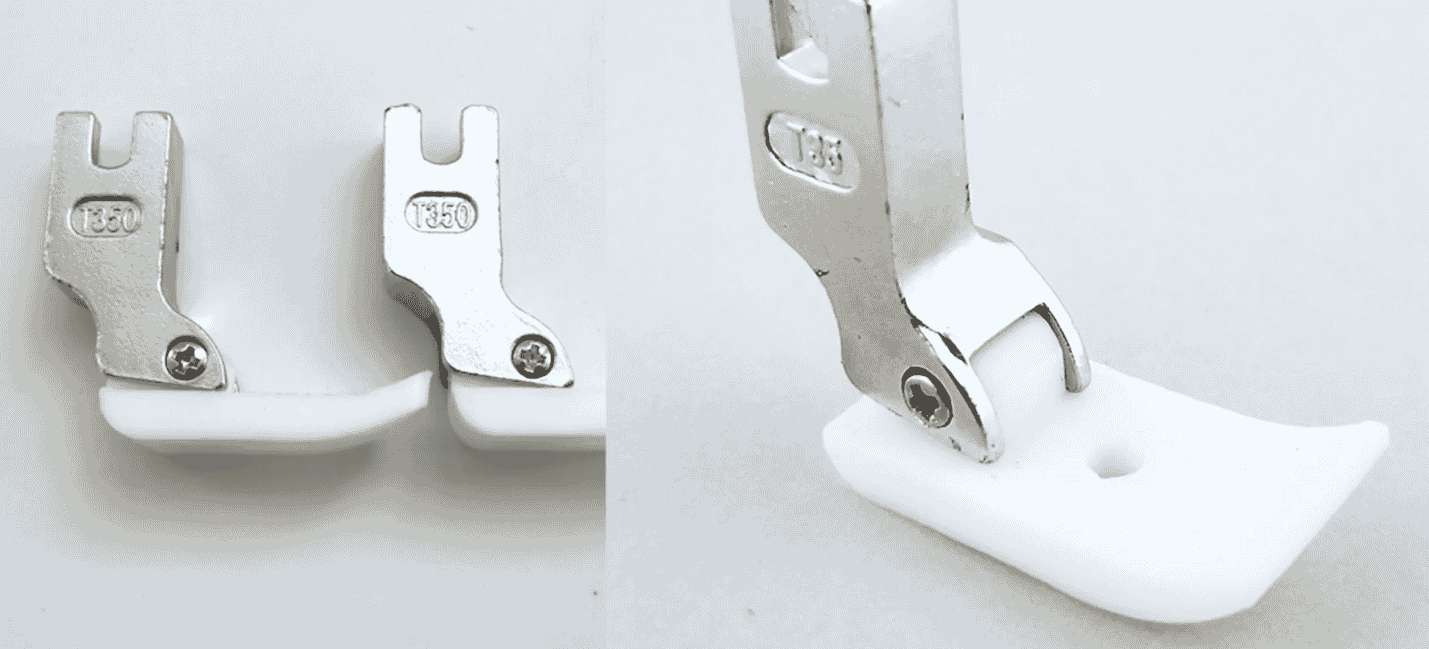
Pictured: Non-stick sewing foot
If you don’t have a non-stick presser foot or they aren’t available for your machine model, you can also use a walking foot. These feet are designed to provide a second set of feed dogs from the top of the fabric, which helps push these specialty materials through.
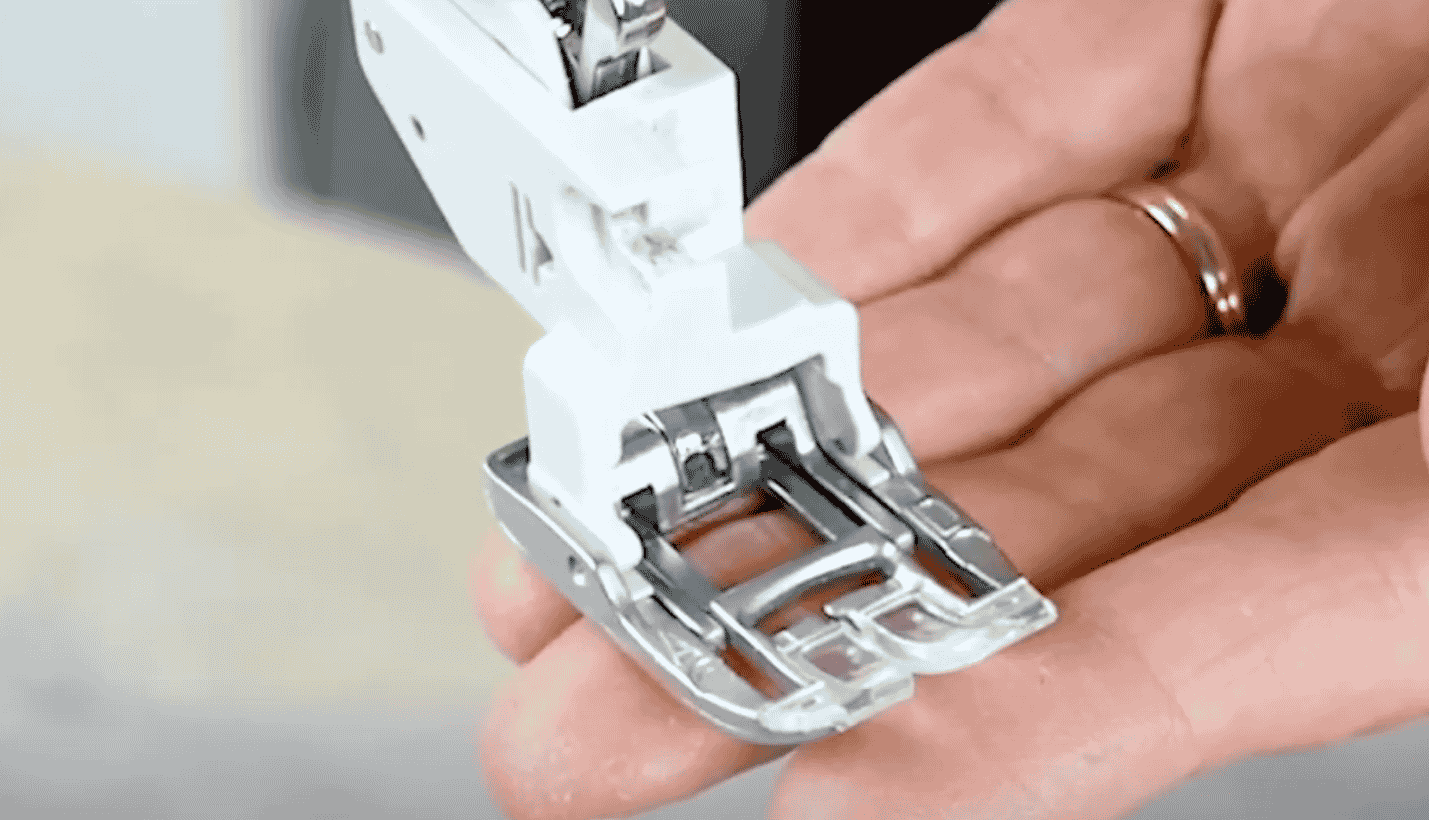
Pictured: Walking foot
The thread that you sew with is also important to think about. Because cork, pleather and vinyl are much thicker, you’ll want to use a stronger thread to keep it together. Especially if the project you have in mind will require some durability.
HomeDec™ is an enhanced polyester thread designed for extra strength. It comes in three weights: 30wt, 40wt, and 60wt. Because this thread is so strong, we don’t recommend using a normal bobbin thread with it. Always use the 60wt HomeDec™ in the bobbin with itself. The slightly lighter weight thread will help reduce the seam bulk, which is especially useful when dealing with thicker materials.
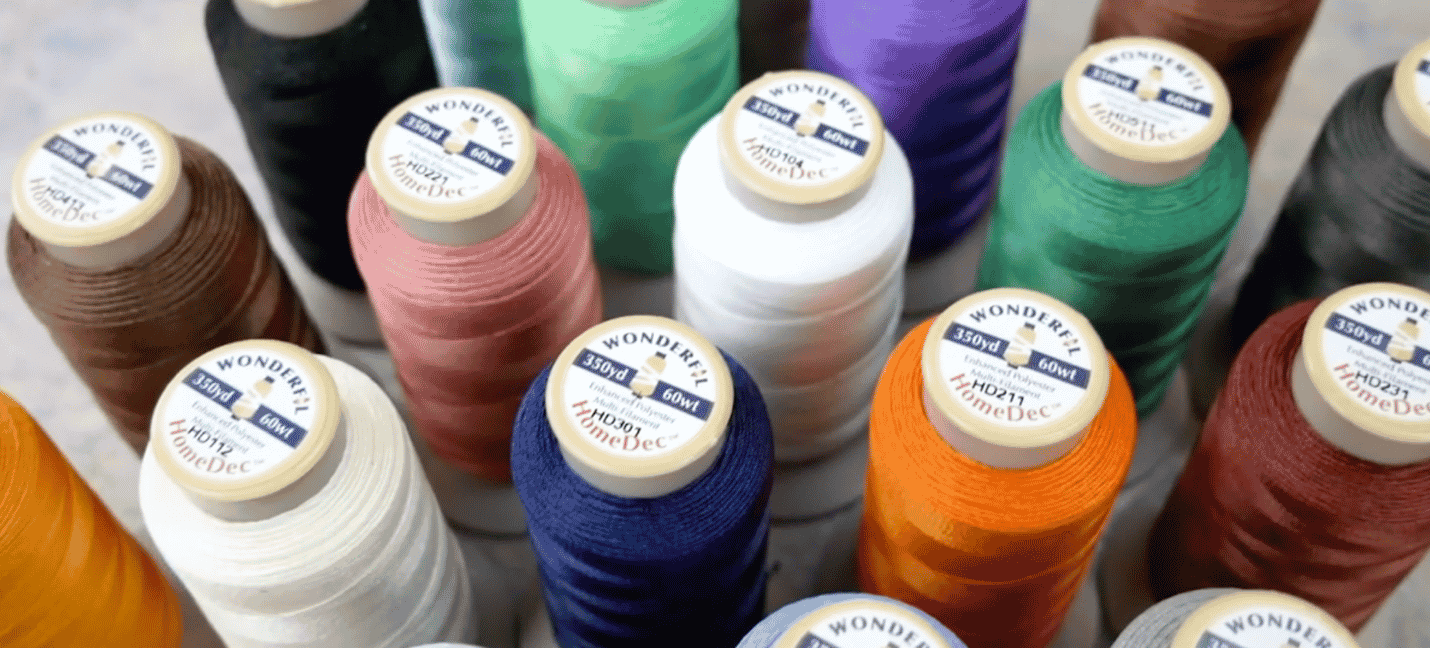
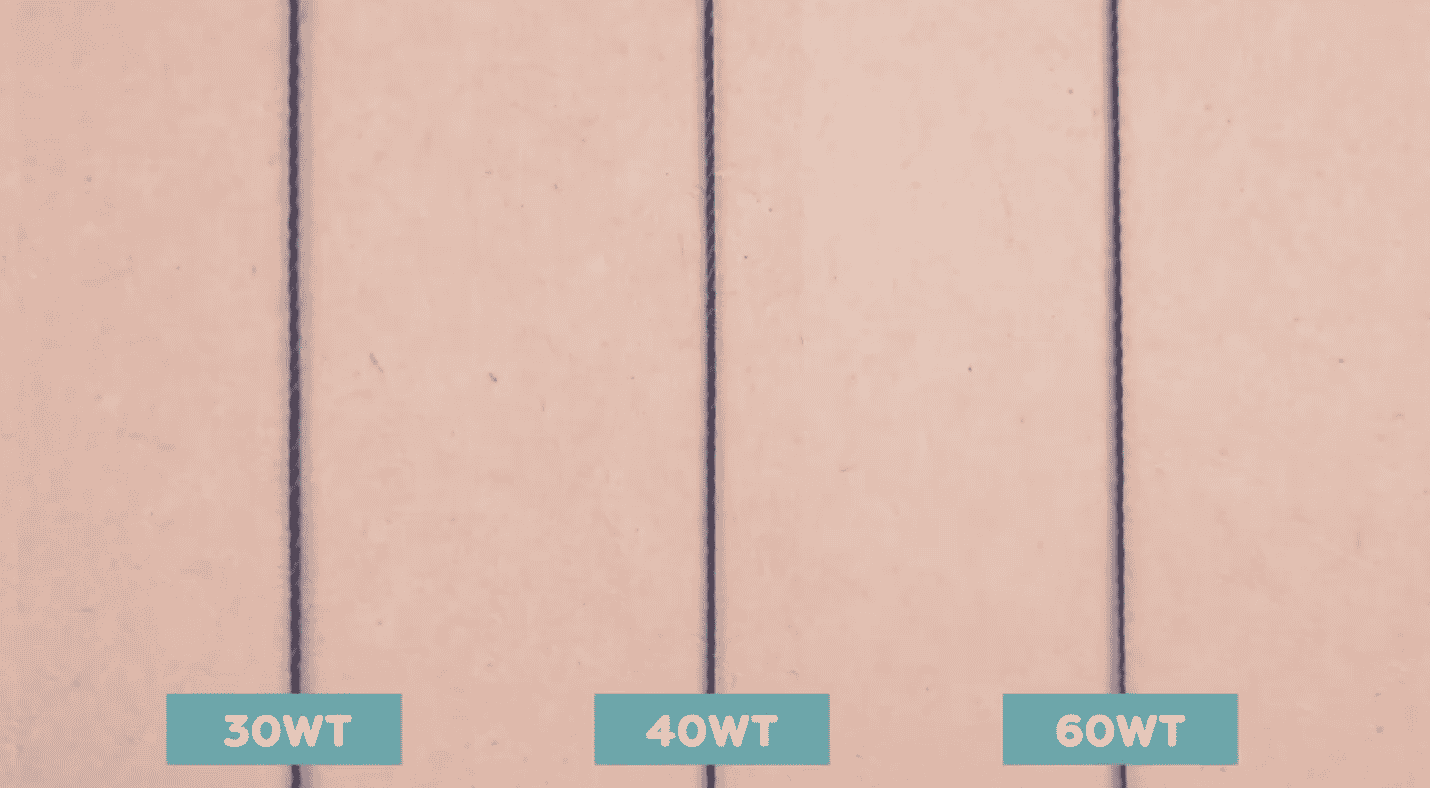
On your sewing machine, consider increasing the stitch length slightly. With pleather, vinyl, and cork, you’ll be piercing the material with permanent holes. Having the stitch length too low means the holes will be close together, causing damage to the material and compromise its durability. Since you’ll be sewing with an enhanced strength thread like HomeDec, the thread will easily compensate for holding together your seams even with the longer stitch length.

Because holes pierced through these materials are permanent, you won’t be able to use pins without leaving ugly holes behind. You can instead hold your pieces together using wonder clips. These will pinch your material together without needing to put holes in them.
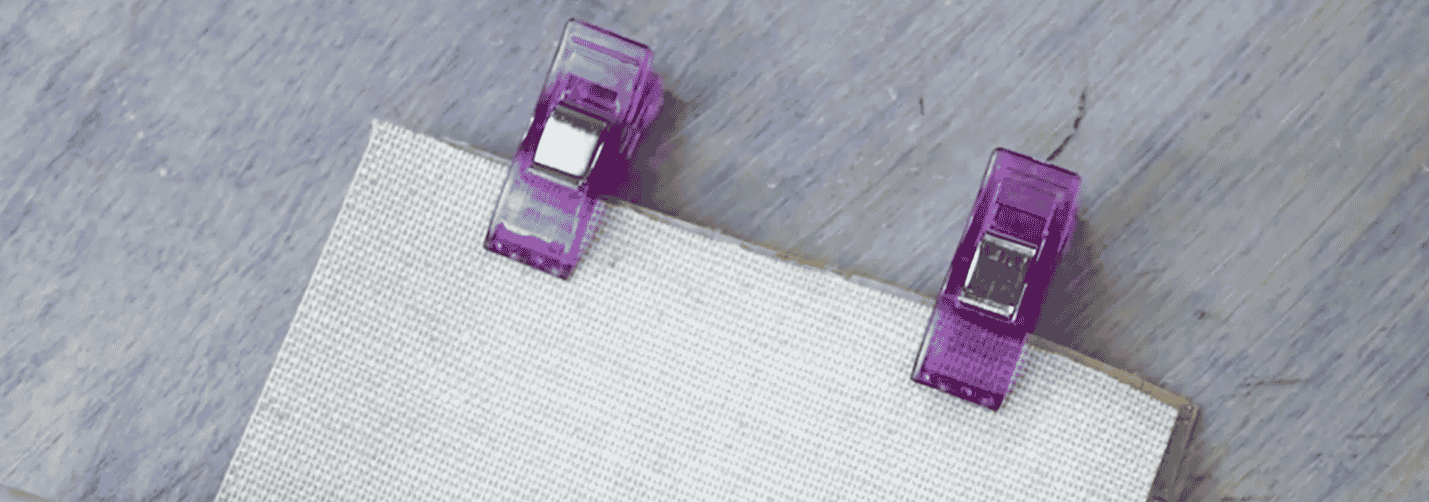
But what about if you need to clip something that isn’t close to the edge, such as appliqué? Unfortunately, many pleather and vinyl materials will melt even on very low heat, making it impossible to use an iron-on appliqué. Take some scotch tape and tape over the appliqué piece so it doesn’t shift. You can then stitch through the tape and around the appliqué with a straight or decorative stitch to hold it down permanently. Afterwards pull away the bits of tape to clean it up.
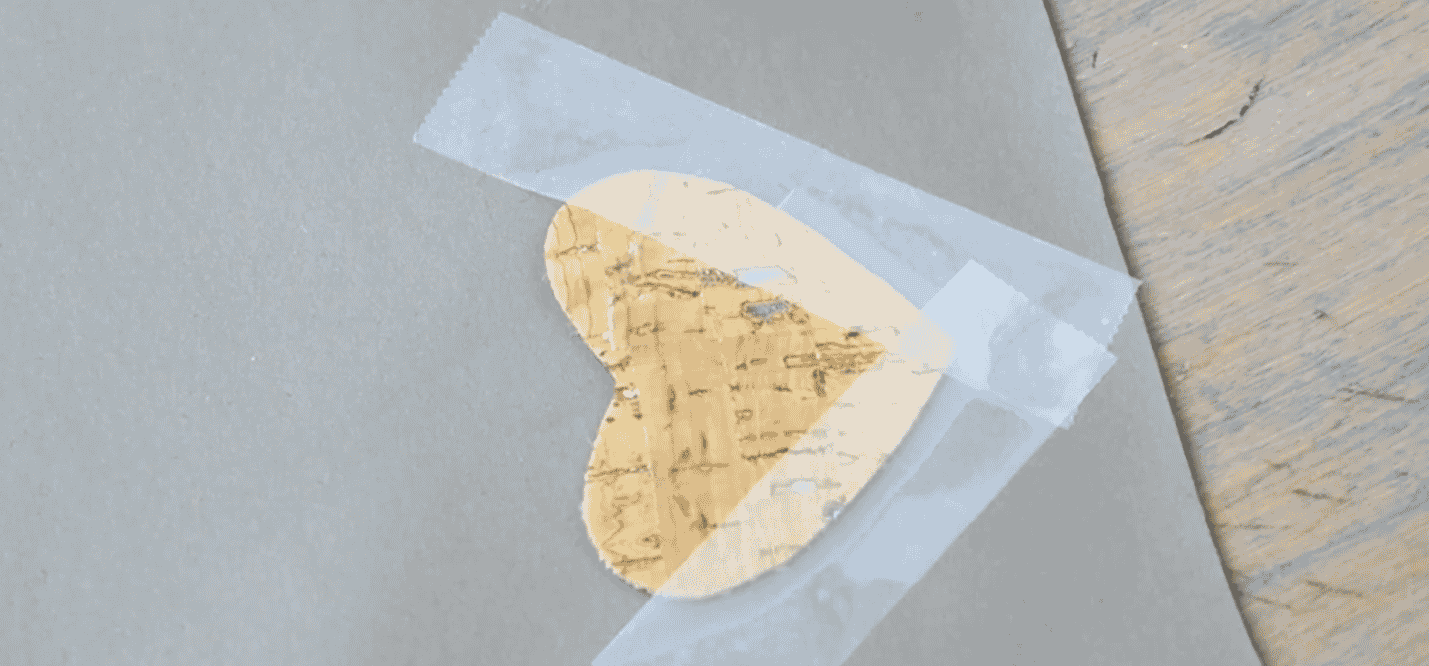
Since you can’t use an iron on many pleather and vinyls, we recommend using a seam roller to help press your seams. This tool is a must for any material that can’t be ironed and is much more effective than simply finger pressing open a seam.
